Dos & Don’ts in Vietnam: 6 Tips for Travelers
Vietnam is a diverse and fascinating destination, which is why it pays to learn about it before you go. Nomad and frequent visitor Ronan O’Connell shares his tips on things to do (and what not to do) in Vietnam, cultural etiquette, weather, currency, and getting around.
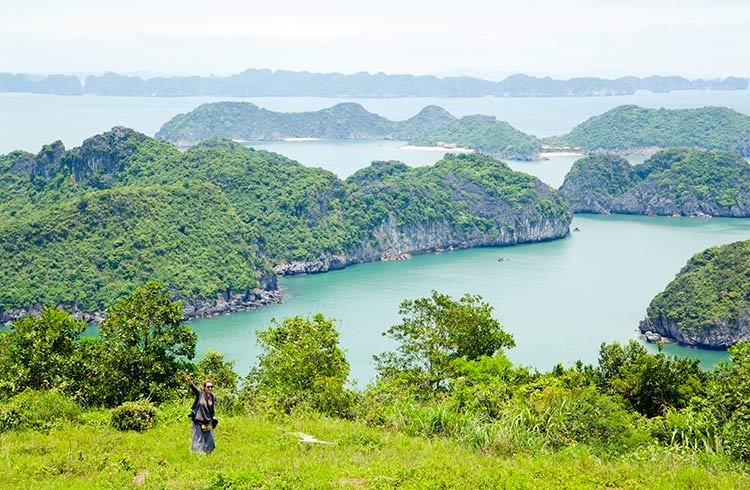 Photo © Getty Images/zgr_pro
Photo © Getty Images/zgr_pro
Measuring 1,000mi (1,600km) from top to bottom, home to more than 50 ethnic groups, and bordered by the contrasting countries of China, Cambodia, and Laos, Vietnam is perhaps the most diverse travel destination in Southeast Asia. That helps explain why it continues to intrigue and thrill me, even after more than a dozen visits. It’s also why travelers should study up on Vietnam before visiting. Here are a few insider tips to know before you go.
- Get out of Hanoi and Ho Chi Minh City
- Etiquette when visiting religious sites in Vietnam
- Vietnam currency advice - be prepared to become a millionaire
- Managing the weather in Vietnam
- You can buy brand-name clothing for next to nothing
- Unless you’re experienced, don’t ride a motorbike in Vietnam
Get out of Hanoi and Ho Chi Minh City
Vietnam’s cities are so lively, so captivating, that I didn’t venture outside them on my first three trips. When I finally delved into its countryside I was transfixed – not just due to the natural splendor of its misty mountains, dense forests, photogenic rice terraces, and sun-laced beaches, but also the wonderful heritage that’s preserved in its villages and towns.
While Vietnam’s cities have modernized greatly in the past 20 years, becoming increasingly Westernized, beyond those metropolises are many communities which showcase unique and ancient architecture and lifestyles. For example, Duong Lam, a charming 1,200-year-old farming village of mud brick homes which lies about 37mi (60km) west of Hanoi.
Perhaps you want a simultaneous dose of heritage and scenery? Then visit Lao Cai, a rugged province in the far north of Vietnam that hugs its border with China. This is one of the first places I ever traveled solo, and I still have daydreams about its colorful hill tribes, spectacular hiking trails, and historic mountainside villages.
Etiquette when visiting religious sites in Vietnam
Encompassing gilded Buddhist temples, colorful Taoist pagodas, and stately Christian churches, Vietnam’s regal religious structures are among the country’s finest attractions. I highly recommend Hanoi’s lakeside Tran Quoc Pagoda, Ho Chi Minh City’s flamingo pink church, and Hue’s ancient Thien Mu Pagoda.
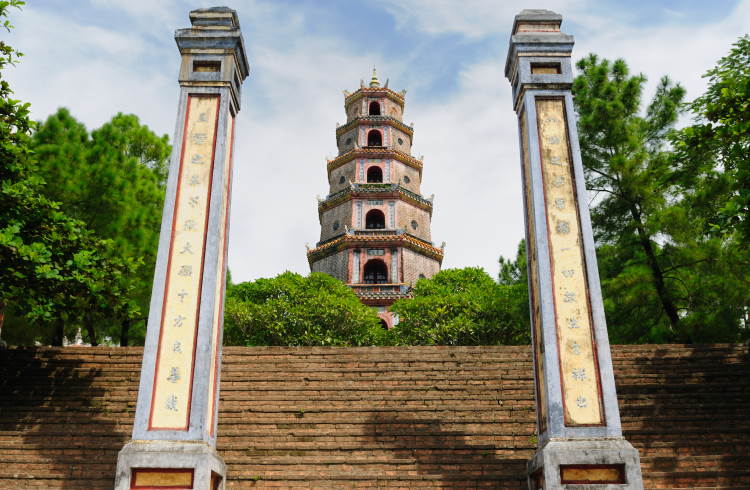
Although visitors to these religious sites aren’t directed to cover up, there is an unwritten dress code. These are, after all, places of solemn worship, so don’t wear anything too casual or too revealing. Vietnamese people are so polite they likely won’t confront you even if you’re dressed inappropriately, so take it upon yourself to be neat, tidy, and reasonably modest in appearance, to keep your voice down inside these complexes, and not to be intrusive with your photography. I’ve never had anyone object to me taking a photo inside a Vietnamese religious site, but while doing so I keep as much distance as possible, so as not to disturb worshippers.
Vietnam currency advice – be prepared to become a millionaire
Changing just USD $50 in Vietnam will make you a millionaire – that’s because $1 normally converts to more than 25,000 Vietnamese Dong. I’m good at math, but even I struggle mentally converting a Vietnamese price tag of, say 1.4 million Dong, which is why my phone’s calculator gets a lot of use.
Further complicating matters is the fact Vietnam has 12 different varieties of notes. The lowest denomination is 100 Dong, which is worth about USD 0.05c. So, your wallet could bulge with hundreds of those bills, yet combined they’d only amount to USD $1. Because of the bulk of notes, I don’t carry any denomination less than 10,000 Dong (worth around USD 40c) and leave the remainder in my room as part of my daily tip for the hotel cleaners.
Managing the weather in Vietnam
One of the few things I dislike about Southeast Asia is its year-round hot and humid weather. So, I treasure the fact that Vietnam actually has a real winter. Home to some of the northernmost points of SE Asia – including national capital Hanoi, stunning hilltribe town Sapa, and spectacular Halong Bay – the upper third of Vietnam can be refreshingly cool.
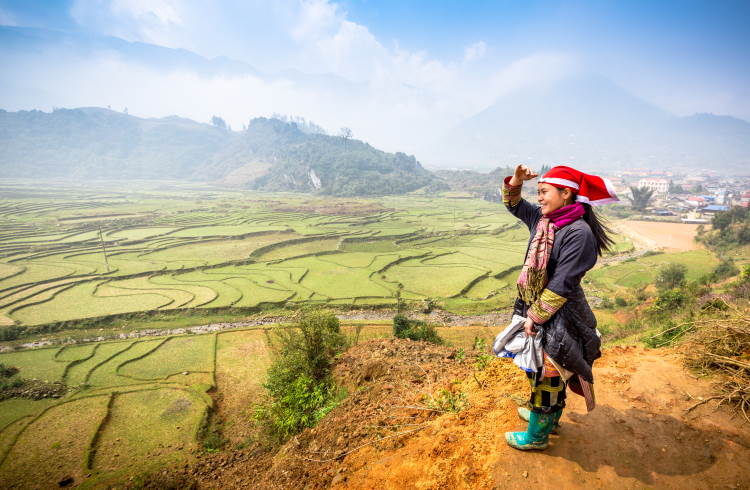
From November to February, maximum temperatures there typically rest in the friendly 66°-77°F (19°-25°C) range, compared to 86°-93°F (30°-34°C) in places like Singapore, Malaysia, and Indonesia. In the wonderful mountain villages of northern Vietnam, temperatures can drop as low as 39°F (4°C) in winter.
You can buy brand-name clothing for next to nothing
Southeast Asia is famous for markets which sell fake versions of popular clothing brands. In Vietnam, though, you can buy real brand-name clothing for as cheap as those copies. That’s because Vietnam is a hub of manufacturing for many leading clothing brands, and their factory seconds end up being sold for one-quarter of retail prices in places like the Old Quarter of Hanoi, or Ho Chi Minh City’s Russian market.
These factory seconds are not torn or stained or misshapen – typically they just have tiny blemishes, like interior labels that are off-center or smudged. Over the past decade, I’ve bought dozens of these brand-name shirts, jackets, shorts and pants in Vietnam which looked perfect from the outside, and over years of wear proved to be the genuine article.
Unless you’re experienced, don’t ride a motorbike in Vietnam
It strikes me every time I arrive in Vietnam – the remarkable volume of motorbikes, which outnumber cars by more than 20 to 1 in this nation. It’s tempting to join in because motorbikes are very cheap to rent, it’s legal for foreigners to hire versions that are 50cc or less, and Vietnamese scenery is splendid and begs to be explored on two wheels.
But, as explained in our guide to motorcycling in Vietnam, this is not a country for novices. If you’re a veteran motorcyclist, then by all means, savor the ride (be sure you’re properly licensed, and always wear a helmet). But amateurs can easily get into trouble due to the swarming and unpredictable traffic, often uneven road surfaces, and their lack of familiarity with Vietnam’s road rules.
Related articles
Simple and flexible travel insurance
You can buy at home or while traveling, and claim online from anywhere in the world. With 150+ adventure activities covered and 24/7 emergency assistance.
Get a quote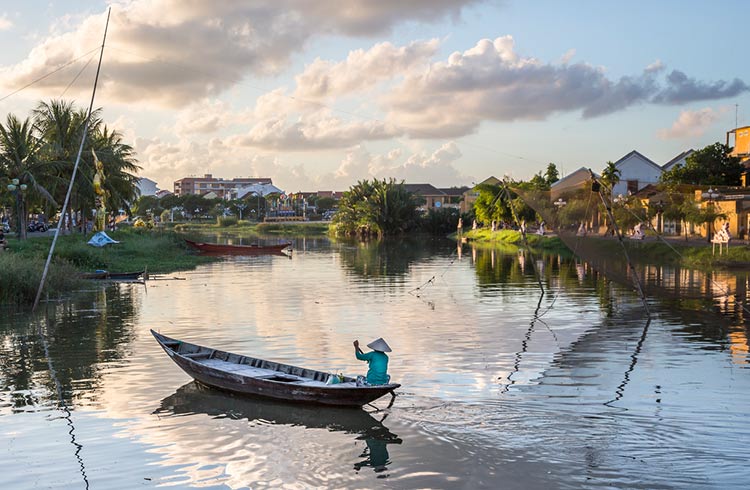

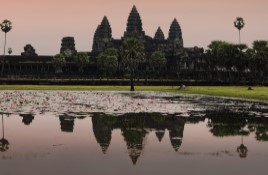
6 Comments
That blurb about "leaving the rest(of the currency"
as a tip for the hotel cleaners",means: they take it anyway?
Pretty basic stuff. Suitable for someone who has never been to SE Asia. We've all been like that...
Shittest advice I’ve seen mate, 12 times??
Just got back from great trip to SEAsia, lots of time in Vietnam. Plenty of ATMs but if you need to exchange dollars at a hotel or bank, be aware they do not accept bills that are torn, stained, or even overly folded. Even if these blemishes are minor. Stop by your own bank before you leave and bring only crisp new currency on your trip. Again plenty of ATMs in cities and tourist spots.
Funny, this article is dated June 2022, but the numbers are wrong. I've lived in Hanoi since 2007 and I have never seen a 100 VND note OR coin and, actually, no denomination of coins have been around for maybe ten years. I suspect this article was written probably 25 years ago and just re-released. Bad form.
Hi Dave,
The article was fully rewritten in 2022. It did incorrectly state that there were 100 dong coins in circulation. According to the Vietnam State Bank, there are still 100 dong notes in circulation, technically.
However, small denomination notes are rarely seen or used because of their low value.
Thanks,
World Nomads